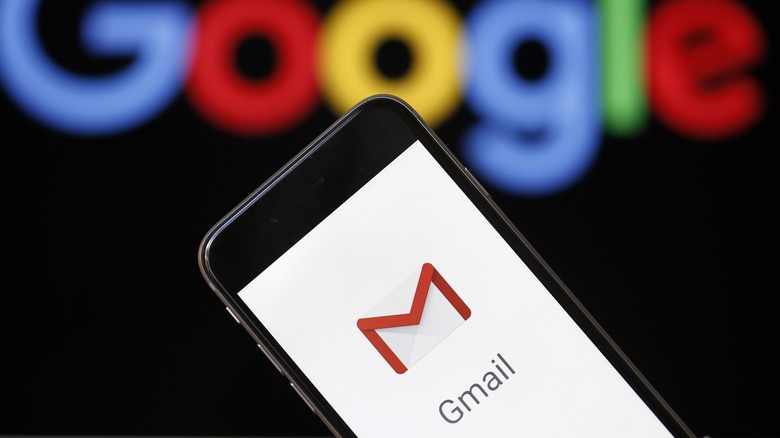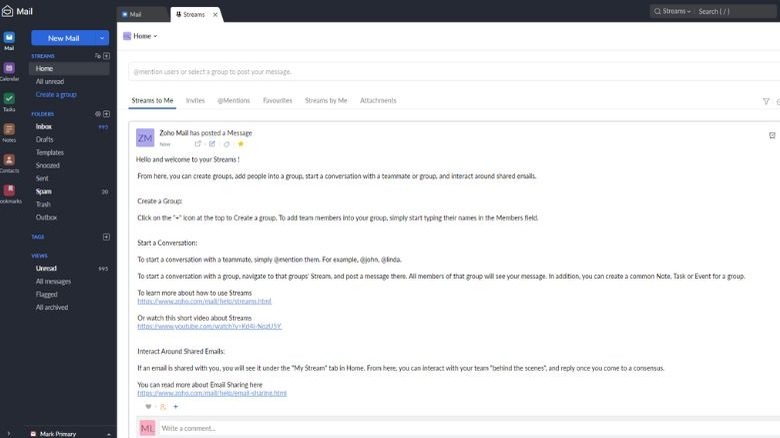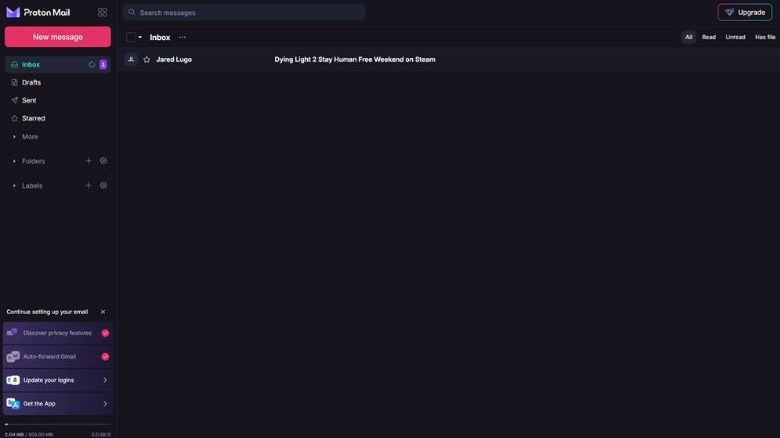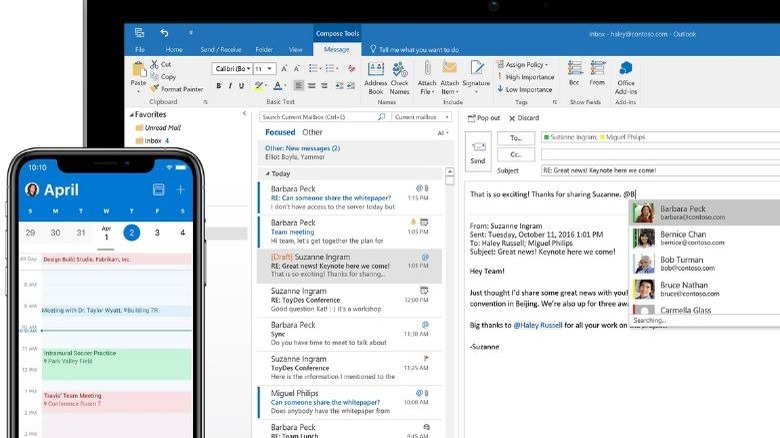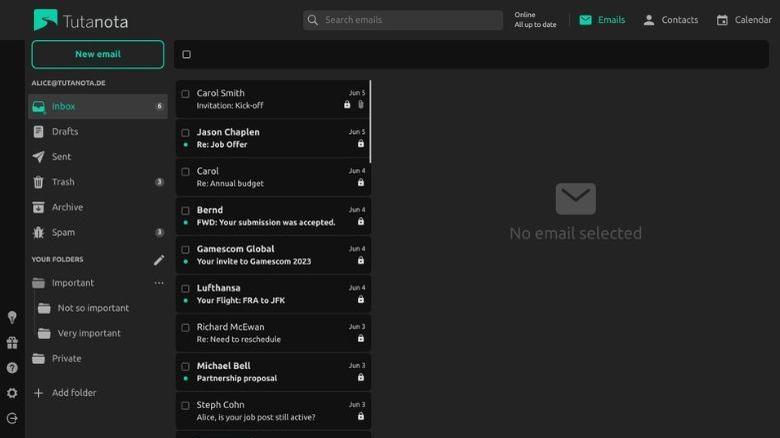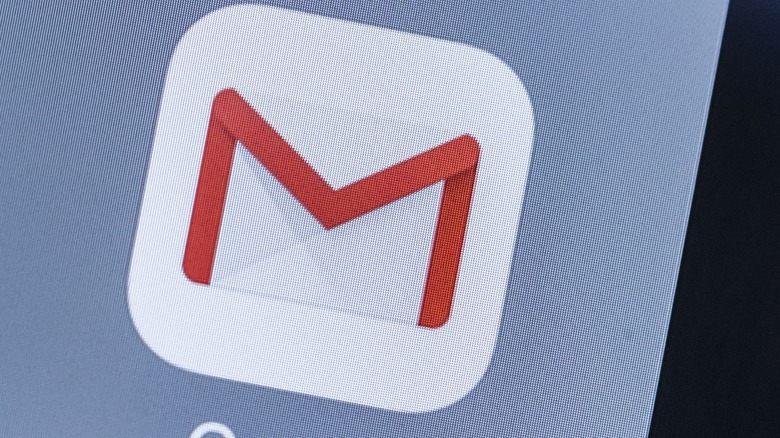Best Free Gmail Alternatives For Every Type Of User
As we all continue to move further and further away from standard mail, we become more reliant on email services like Gmail. While it may seem like Google's email client has cornered the market for instant digital communications, there's a bevy of solutions available that could fit the needs of the everyday user.
As you're on the hunt for a new email provider, you have to consider what's most important to you. Are you a stickler for organization and a tidy inbox? Or are free security features the driving force behind your decision-making? Whatever it is you're looking for, at least one of the following free Gmail alternatives will serve you well.
While each service is free for basic emailing, some may offer a premium upgrade that could enhance features, give more users access, or improve overall storage. Compiling this list of free email clients was based mainly on hands-on experience, but user reviews and feedback were considered for some. We'll talk more about our methodology at the end of the article.
Zoho Mail
Looking at Zoho's website may be intimidating. It is, after all, a service dedicated to the growing business. However, the company scales things back a little for the average user with an email client that's easy to use, rich with features, and, best of all, free. There are also premium plans that provide larger attachment sizes and email backup and archival.
While you can use a dedicated free Zoho email, the free service does come with free POP3 compatibility, meaning you can manage an existing account from Yahoo or Gmail. Setup is fairly straightforward, though a Gmail account requires a specific app password.
As a basic email service, Zoho is easy to manage, with the expected dedicated folders for Spam, Drafts, and Trash. The biggest issue you could run into is storage or email size limits. Individual emails have a file size limit of 25MB, which could be problematic if you send a lot of photos or videos at once.
Zoho's Forever Free plan comes with 5GB of email storage for up to five users, email hosting for one domain, and access to extras like a calendar, tasks, and notes. You can increase your storage to 10GB and get access to features like offline access, email recalling, IMAP connectivity, and more for $1.25 a month (billed annually) as part of their Mail Lite plan.
Proton Mail
Just because you may be using your email more casually doesn't mean you should have to sacrifice your security. You won't need an existing email to sign up for Proton Mail, though one is helpful for additional security if you forget your password. If you do have a Gmail account, you're immediately prompted to start forwarding messages to your Proton Mail inbox.
Your free account comes with 500MB of storage, which is more than enough for casual use. The interface is basic and easy to manage, but that comes at the cost of extra features like setting tasks and keeping a log of notes. Your account comes with a ProtonCalendar, though it's kind of tucked away and easy to miss in the email client.
The big driving factor for joining Proton Mail is privacy. The complimentary service is an always ad-free experience and includes end-to-end and zero-access encryption to prevent third parties from intercepting your messages. For the 150 emails you can send daily, you can take solace in knowing that only you and the recipient can see their contents.
If you want to upgrade, Proton Mail offers 15GB of storage for up to 10 email addresses, unlimited daily messages, and support for one custom domain for $4.99 per month, $47.88 for a year, or $83.76 for two years.
Microsoft Outlook
Microsoft Outlook is a safe bet and an easy transition to make from Google's Gmail. The two services aren't identical, but Microsoft is a recognizable name and is sure to offer some peace of mind if you're skittish about unfamiliar services. Like Gmail, Outlook offers plenty of integration, even without a premium upgrade. Additional features like the calendar, task manager, and contact book rival even Google's iterations of each. Whereas Gmail uses labels, Outlook lets you create categories to better sort and organize your inbox.
As part of a free plan, you get access to a 34MB file limit for each email and 15GB of mail storage. Outside of Gmail, there aren't many free email services offering such storage. It's difficult not to make a comparison between Outlook and Gmail, especially since both offer web versions of helpful applications like a word processor.
Outlook does stumble in one area where Gmail shines, and that's with security. It's not as good at sorting out spam, viruses, and phishing attempts, so you'll need to be a little vigilant. Unintrusive ads keep Outlook free, but you can upgrade to an ad-free experience for $19.99 a year for Microsoft 365 Basic and enjoy additional features and more storage.
Tuta
Tuta isn't some fancy, elaborate email client brimming with features to help you organize every aspect of your life. It exists simply to give casual users a safe and easy-to-manage email experience. Privacy is key at Tuta, and even as a free user, you have plenty of protection for your 1GB of available mail space. Though the service is based out of Europe, U.S. customers still benefit from end-to-end encryption, as Tuta allows for unencrypted emails between its servers and your recipient.
Tuta offers a very clean interface, which really rivals the complexity of a service like Zoho. Despite the rather plain layout, you still get a free calendar to help organize your life, which, like your email, is also encrypted and protected. Your email is also free of tracking to keep your data safe.
Be wary, though, if you don't access your email for months at a time. Free accounts that haven't logged in for six months are automatically deleted. It's a small price to pay for an intuitive, easy-to-use service that, as a bonus, Tuta servers and offices run 100% on renewable energy. If you want to upgrade your account, it's about $3.25 per month when paid yearly to increase to 20GB storage and enjoy features like an autoresponder, three custom domains, and 15 email addresses.
Don't really want to switch?
The thought of switching to an entirely new email client can be a little stressful. How do you know you're picking the right one? While we stand by our choices, we also still recommend sticking with Gmail if that's where you're most comfortable.
While the above services will provide you with a positive email experience, it can be hard for them to stand up to the suite of features that Google can provide. Features like spam filtering are much more efficient on Gmail because it has the resources needed to combat phishing and virus-laden messages better.
Gmail is also supported by unintrusive ads, which means it can offer services that are typically premium upgrades like POP and IMAP protocol compatibility, a dedicated chat and video meeting service, labels and filtering for enhanced organization, offline access, and a starting point of 15GB of storage. Before you make the switch from Gmail, ask yourself what you're willing to sacrifice to get away from Google.
The methodology for choosing these services
The best way to determine how well an email service works is by diving in and actually using it. We either put in some hands-on time or had experience with the listed email providers previously while also checking in recently to ensure they were still viable services we could recommend. We also looked at trusted reviews and did a little digging around on trusted web security websites to ensure the listed services are secure.
